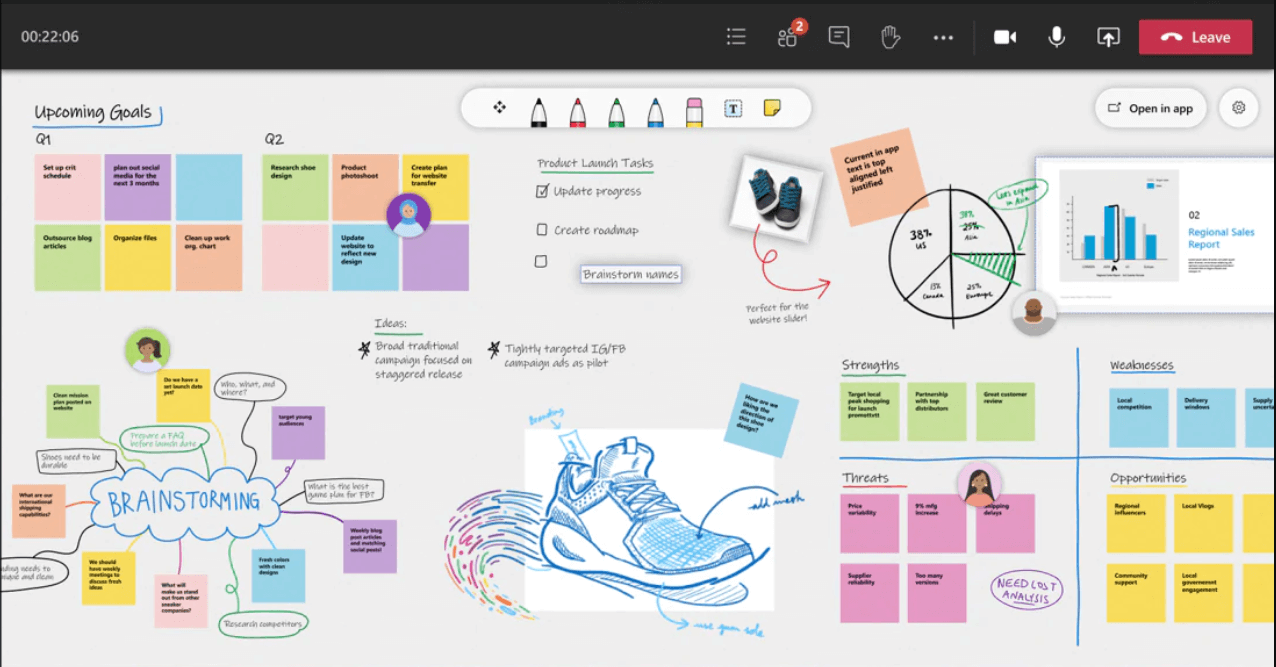Microsoft regularly releases updates and critical notifications to support administrators in safeguarding and optimizing the environments they manage. One such critical bulletin that has gained attention is Microsoft M1154463. While it might not come with all the fanfare of a product launch or a version release, this advisory is significant — especially for IT administrators and cybersecurity professionals who need to stay proactive about protecting systems, data, and users.
Let’s dive into the details of Microsoft M1154463, unravel what it means, and explain what administrators really need to know to respond effectively.
Understanding Microsoft M1154463
First released as a security advisory, M1154463 addresses a set of system vulnerabilities and patching protocols that Microsoft has either identified internally or received from security researchers and external partners. These advisories often include remediation guidance, updates, and links to security patches. In this case, the advisory zeroes in on specific configuration flaws and authentication issues that could be exploited if left unpatched.
This advisory primarily affects:
- Microsoft Windows operating systems (various supported editions)
- Azure AD and hybrid domain environments
- Remote management protocols and identity-based access controls
The focus of M1154463 is to urge administrators to examine authentication flows and harden their Active Directory and Azure environments against emerging threats.

Why It Matters: The Security Implications
Security advisories like M1154463 are not just updates — they are warnings. They spotlight real-world flaws that have either been actively exploited or are deemed high risk. In many cases, malicious actors attempt to exploit these openings to gain unauthorized access, escalate privileges, or exfiltrate sensitive data.
According to Microsoft, the vulnerabilities addressed in this advisory could:
- Allow for privilege escalation if exploited correctly
- Make systems susceptible to man-in-the-middle (MitM) attacks
- Weaken the integrity of authentication tokens and session cookies
- Bypass or mislead audit logs and monitoring systems
This is especially dangerous in enterprise environments where a single compromised credential could give attackers access to a wide range of systems and datasets.
Key Actions for Administrators
Microsoft recommends a number of mitigation steps that administrators should take immediately. If you’re an IT admin responsible for systems affected by M1154463, here’s your to-do list:
- Evaluate your systems: Use Microsoft Defender for Endpoint or similar security tools to assess exposure and locate systems matching the affected configuration patterns.
- Apply security patches: Manually or automatically update Windows OS and Azure configurations following Microsoft’s recommended paths.
- Audit identity and access management (IAM): Tighten group policies, verify conditional access policies, and ensure least-privilege principles are enforced across user accounts.
- Monitor logs and alerts: Move beyond default log settings. Implement real-time monitoring to detect peculiar login patterns or privilege escalations.
- Educate your users: Communicate the importance of security changes and provide training or resources as needed, especially when multi-factor authentication (MFA) is being introduced or enforced.
Following these actions helps organizations stay two steps ahead of potential threats.
Deeper Dive: Vulnerabilities Addressed in M1154463
Let’s break down a few key vulnerabilities that M1154463 touches upon:
- NTLM Relay Attacks: Attackers use intercepted authentication requests to gain unauthorized access to systems by relaying them to legitimate endpoints. A common exploit method in LAN environments.
- Kerberos Token Manipulation: Altered or spoofed tickets to bypass access controls, potentially granting higher privileges to attackers.
- Credential Theft via MitM: Intercepting cleartext login credentials during transit using misconfigured servers or spoofed services.
The good news? Microsoft has offered registry-level mitigations and automated detection features within Microsoft Defender portals. However, many of these features require the administrator to activate or configure them — they are not always enabled by default.
Is Automation Helping or Hurting?
One of the most discussed angles around advisories like M1154463 is the role of automation in both exploiting and defending against vulnerabilities. On the one hand, attackers are increasingly using automated scripts to scan and exploit misconfigured systems as soon as zero-days are published.
On the defense side, Microsoft and other cybersecurity vendors have been embedding automation in their patch management and threat detection systems to offer quicker reactions to threats like those laid out in M1154463. The challenge is ensuring that automation doesn’t lead to oversight — for example, automatically applying a patch that breaks legacy systems or skipping a system that appears compliant but actually is vulnerable due to custom configurations.

Testing Before Deployment
Patch management has to be done in stages. Deploying a fix covered under M1154463 without testing could cause:
- Service outages in tightly coupled enterprise applications
- Incompatibility in mixed Windows and Linux environments
- Security credential errors due to token mismatches
Before rolling out organization-wide changes, Microsoft advises admins to test patches in a staging environment that mimics production conditions as closely as possible. Use rollback strategies and snapshot backup systems to mitigate any unexpected downtime.
Microsoft Resources to Bookmark
To make the most of the updates related to M1154463, here are a few essential resources from Microsoft:
- Microsoft Security Update Guide
- Microsoft Security Blog
- Azure Portal for monitoring and configuring identity controls
- System Center Documentation for patch automation and compliance tracking
Regularly consulting these platforms allows admins to patch vulnerabilities quickly and stay informed about threats impacting their ecosystems.
Beyond M1154463: A Culture of Proactivity
Advisories like M1154463 are reminders of a deeper need for IT teams: a culture of continuous proactivity. Instead of reacting to threats after users notice system failures or data disappearances, this advisory encourages a more vigilant posture where configurations, patches, and policies are regularly reviewed and revised.
That doesn’t just mean throwing new technology into the mix — it means investing in:
- Cybersecurity training for developers and administrators
- Risk assessments and tabletop exercises
- Layered defenses including firewalls, encryption, and endpoint detection
The cost of prevention is almost always lower than the aftermath of a breach or exploit. M1154463 may be a technical item by nature, but its importance can’t be overstated.
Conclusion
To wrap it up, Microsoft M1154463 is much more than a line item in a list of security bulletins. It’s a guide, a warning, and an opportunity for IT professionals to reassess the robustness of their identity and access structures. Whether you’re managing a small business domain or a sprawling enterprise cloud environment, the principles embedded in this advisory apply directly to your security strategy.
Admins should not only apply the immediate patches and configurations but also take this moment to ask broader questions: Are our current defenses truly enough? Where might our blind spots be? How can we be better prepared next time?
The answers to those questions will likely define how prepared your organization is for the threats of tomorrow.
